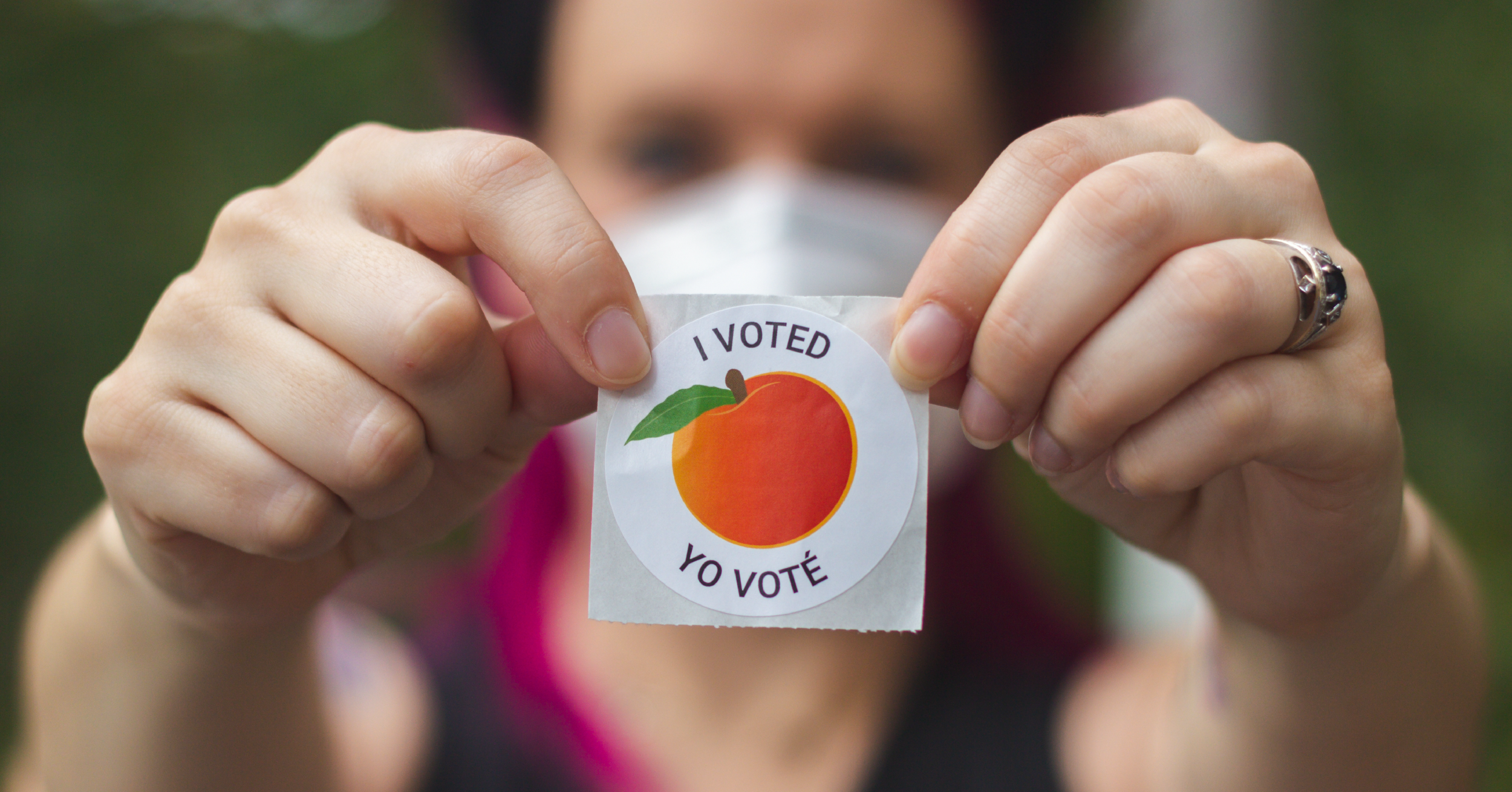If you or a loved one have a disability, voting may seem inaccessible, inconvenient or just difficult. But rest assured that your voice matters and you SHOULD exercise your American right to vote. Voter turnout in the disabled community has steadily increased in recent years, jumping to 67.5% of eligible voters with disabilities casting a vote in the 2020 presidential election, but still lacks in comparison to non-disabled voters (U.S. Election Assistance Commision).
There is still a long way to go to achieve full voter equality, but there are many rights that adults with disabilities and their advocates should be aware of before election day.
Landmark Voting Rights
Kickstarting the movement of making voting more accessible to American adults with disabilities were a series of acts:
- Passed in 1984 – Voting Accessibility for the Elderly and Handicapped Act (VAEHA) – This act requires polling places for federal elections to be accessible for the elderly and people with disabilities. If no polling place is available, other means of voting must be made available to the person. (ADA)
- Passed in 1990 – Americans with Disabilities Act (ADA) – This act is an overarching civil rights act for people with disabilities. Title II of the act requires state and federal governments to ensure that Americans with disabilities have an equal opportunity to vote. (ADA)
- Passed in 1993 – National Voter Registration Act (NVRA) – This act requires all offices that provide public assistance or state-funded programs that primarily serve persons with disabilities to also provide the opportunity to register to vote in federal elections. (ADA)
- Passed in 2002 – Help America Vote Act (HAVA) – requires jurisdictions responsible for conducting federal elections to provide at least one accessible voting system for persons with disabilities at each polling place in federal elections. The accessible voting system must provide the same opportunity for access and participation, including privacy and independence that other voters receive. (ADA)
Through these acts and the dedicated momentum of disability rights advocates, disabled Americans now have accommodations in place to help with voter accessibility.
Accommodations for Disabled Voters
- Absentee ballots – All U.S. States allow adults with disabilities to vote by mail (ACLU). To do so, the individual must mail in the ballot, or drop it off at the nearest polling location or drop box. Each state has their own rules when it comes to requesting mail-in ballots. To find out how to do so in your state, visit NASS. Note that there are often time constraints and ID requirements depending on your state.
- Physically accessible polling places – Under federal law, all polling locations are required to be accessible for persons with disabilities. Each polling location is also required to have a minimum of one voting system that allows disabled voters to cast their vote independently. (ADA)
- Adaptive voting machines – These systems are available with a wide range of accessibility devices and accommodations including (Georgia Secretary of State):
- Seated voting: A touchscreen voting unit that will allow you to vote while sitting down.
- Visual mode: A visual display to aid hearing impairments.
- Audio mode: A sound display to aid visual impairments.
- Tactile mode: The Audio Tactile Interface (ATI) is the handheld device that is used by a voter during an Accessible Voting Session to navigate through and make selections to their ballot (this includes raised keys and Braille numbers).
- Skip the line – Many states allow voters over a certain age and people with disabilities to skip to the front of the line to cast their vote. (AJC)
What to Know
If you are a disabled person of voting age in the United States, you should execute your right to vote. Local and federal legislation directly impacts the lives of people with disabilities – and who better to speak on the topic than the people affected by it?
So, whether you are a disabled American casting your vote or a disability advocate researching on their behalf, here’s what you should know:
- The voting process for disabled Americans may differ by ability level; however, election officials and poll workers are required by law to make accommodations through in-person voting equipment, early voting and mail-in voting opportunities.
- Disability voting has made tremendous strides in recent years, but there is still a long way to go. Take advantage of absentee voting, curbside voting and all other necessary accommodations made available through important legislation such as the Americans with Disabilities Act, while being an active participant in ongoing advocacy making voting more accessible.
- Be prepared for any additional hurdles you may need to pass through to successfully vote in the next election. Check requirements for absentee and early voting long before an election as many states have strict time constraints on when an absentee ballot must be requested. Depending on your state, you may be required to have an official ID to cast a vote (even for non-drivers). Non-driver ID cards can be issued by your state’s Department of Driver Services.


